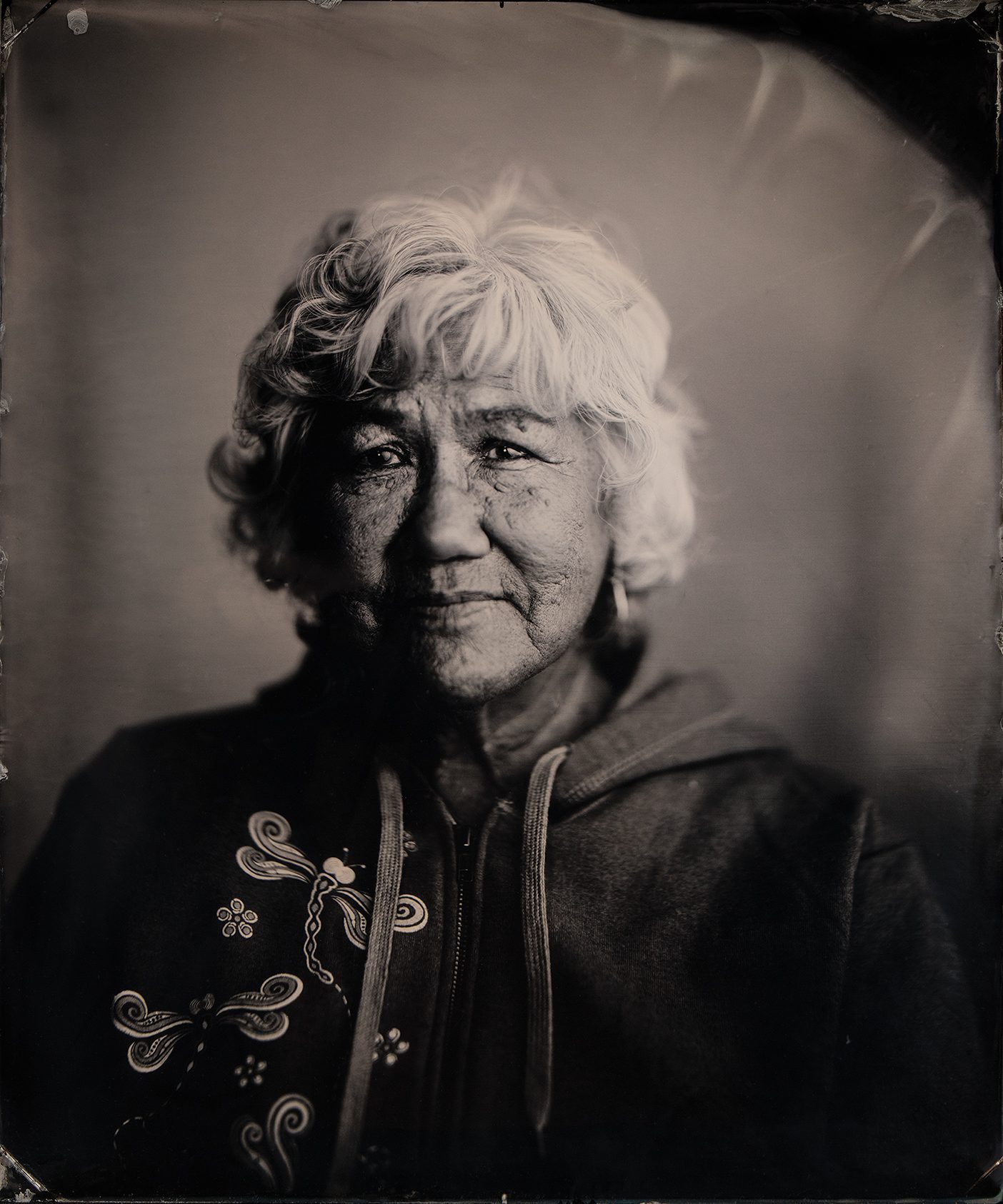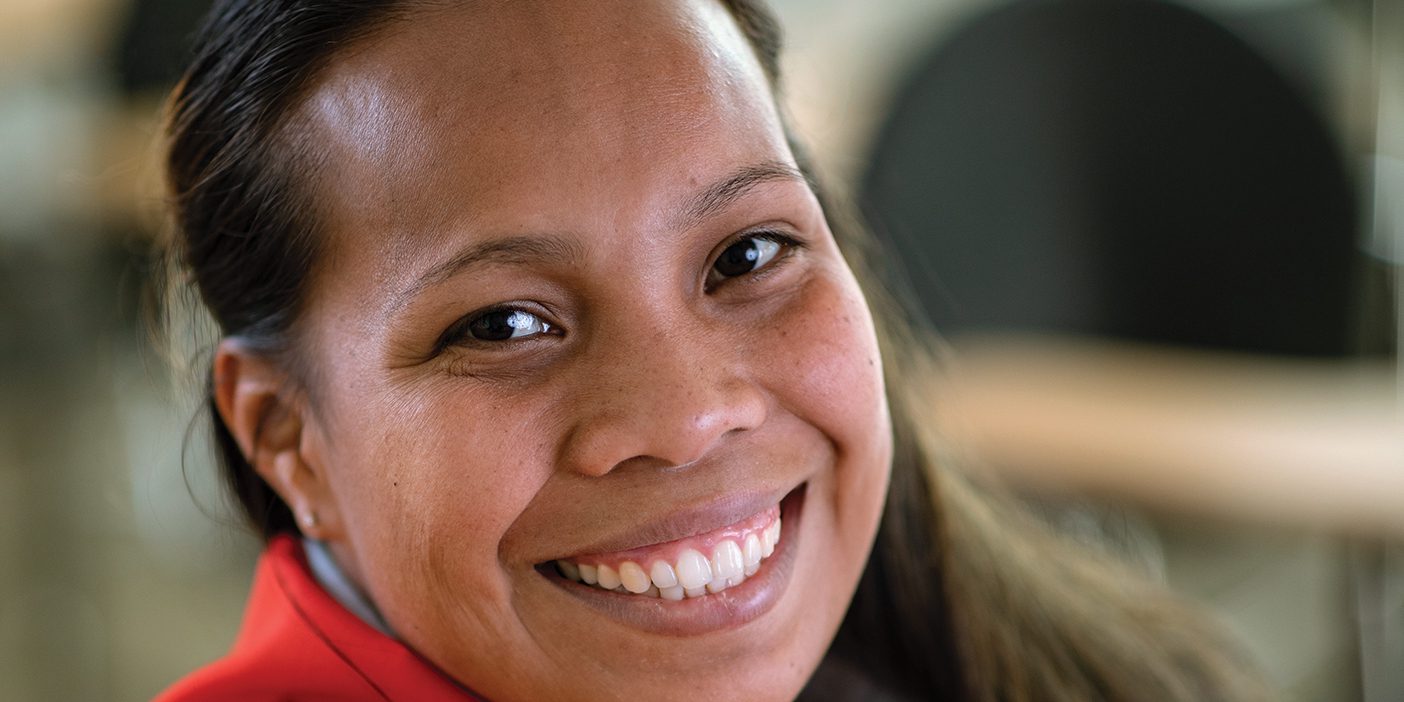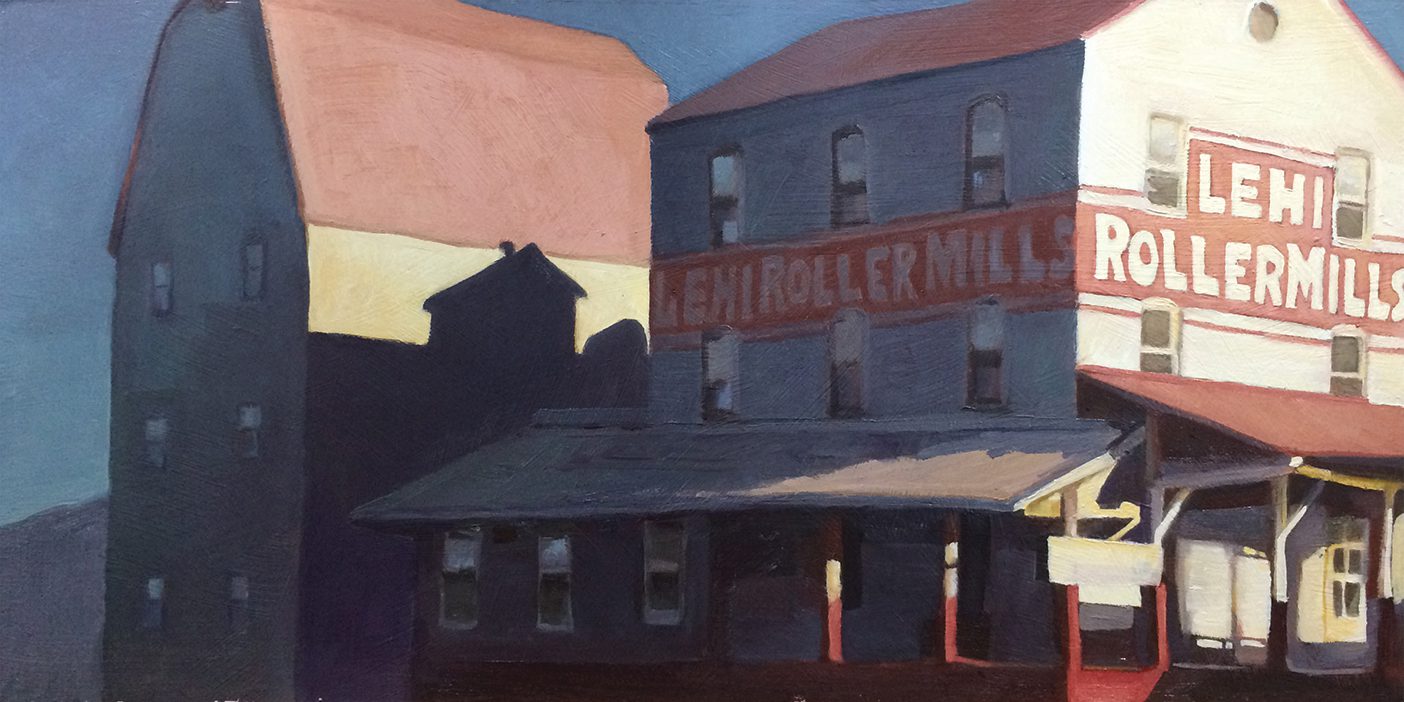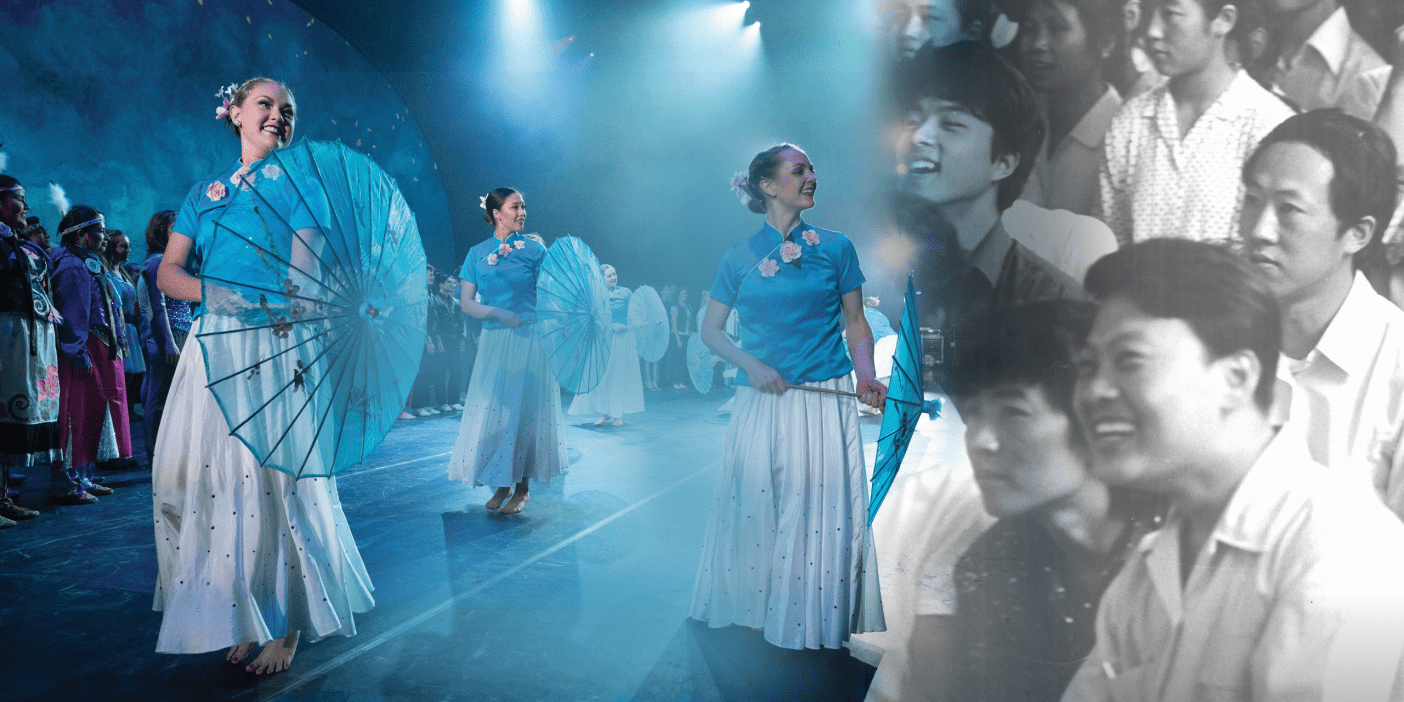Florence Pestrikoff flew from her remote home in Akhiok on Alaska’s Kodiak Island to have her picture taken. Her BYU photographers came even farther—driving more than 40 hours and riding a ferry for 10. And now her image is on display 3,500 miles away in the Smithsonian’s National Portrait Gallery.
Pestrikoff is one of the last speakers of Alutiiq, an endangered language in the Aleutian Islands of Alaska, and one of 16 people photographed so far by recent BYU photography grad Jordan K. Layton (BFA ’17) and professor Paul S. Adams (BFA ’94) for their ongoing project, Vanishing Voices.
Vanishing Voices began as Layton’s capstone project, inspired by his realization that hundreds of languages are disappearing in North America alone. “Disappointment in my own ignorance,” he says, made him want to raise awareness. He enlisted his professor’s help, and the photographers elected to capture their last-of-language subjects on whopping 20-by-24-inch tintype metal plates rather than digitally or on film. “Tintypes are one of the most permanent and archival kind of prints,” says Layton. “That, in juxtaposition with how quickly these languages and cultures are dying out, just felt really symbolic and important.”
“When they see themselves photographed the same way that they have seen their ancestors photographed, . . . they are moved to tears.” —Paul Adams
Since then, Layton and Adams have continued to photograph endangered-language speakers throughout North America. They have been to 10 locations, including Arizona, California, and British Columbia, and have photographed speakers of nine different Native American languages.
Pestrikoff’s portrait, selected as a finalist in the Outwin Boochever Portrait Competition, will hang in the Smithsonian until August 2020 and then travel the country for another 15 months.
Tintypes are created in old-fashioned cameras—the kind with the folding accordion bellows. Layton and Adams use a massive one—big enough to hold their gargantuan plates—modeled after 1800s cameras, with an authentic handmade lens from the 1860s. The plates, coated with collodion and liquid silver to make them sensitive to light, are placed inside the camera, exposed to light through the lens, and developed. The team uses a cargo trailer for a darkroom, but when they photographed Marie Wilcox, the last speaker of Wukchumni, in Woodlake, California, they ended up using an ice-fishing tent in the pouring rain.
There are lots of ways to mess up, and even the best tintypes have blemishes. “You put so much effort into something that has so many opportunities for failure,” says Adams. But sometimes, he continues, “you get one plate and one image and you fall to your knees.”
When Lucille Hicks saw hers, she recited a prayer in her native Kawaiisu—a prayer that is rarely said out loud, her daughter told the crew.
“A lot of these elders that we’re photographing don’t really consider themselves to be all that special,” says Adams. “And then when they see themselves photographed the same way that they have seen their ancestors photographed, . . . they are moved to tears.”













